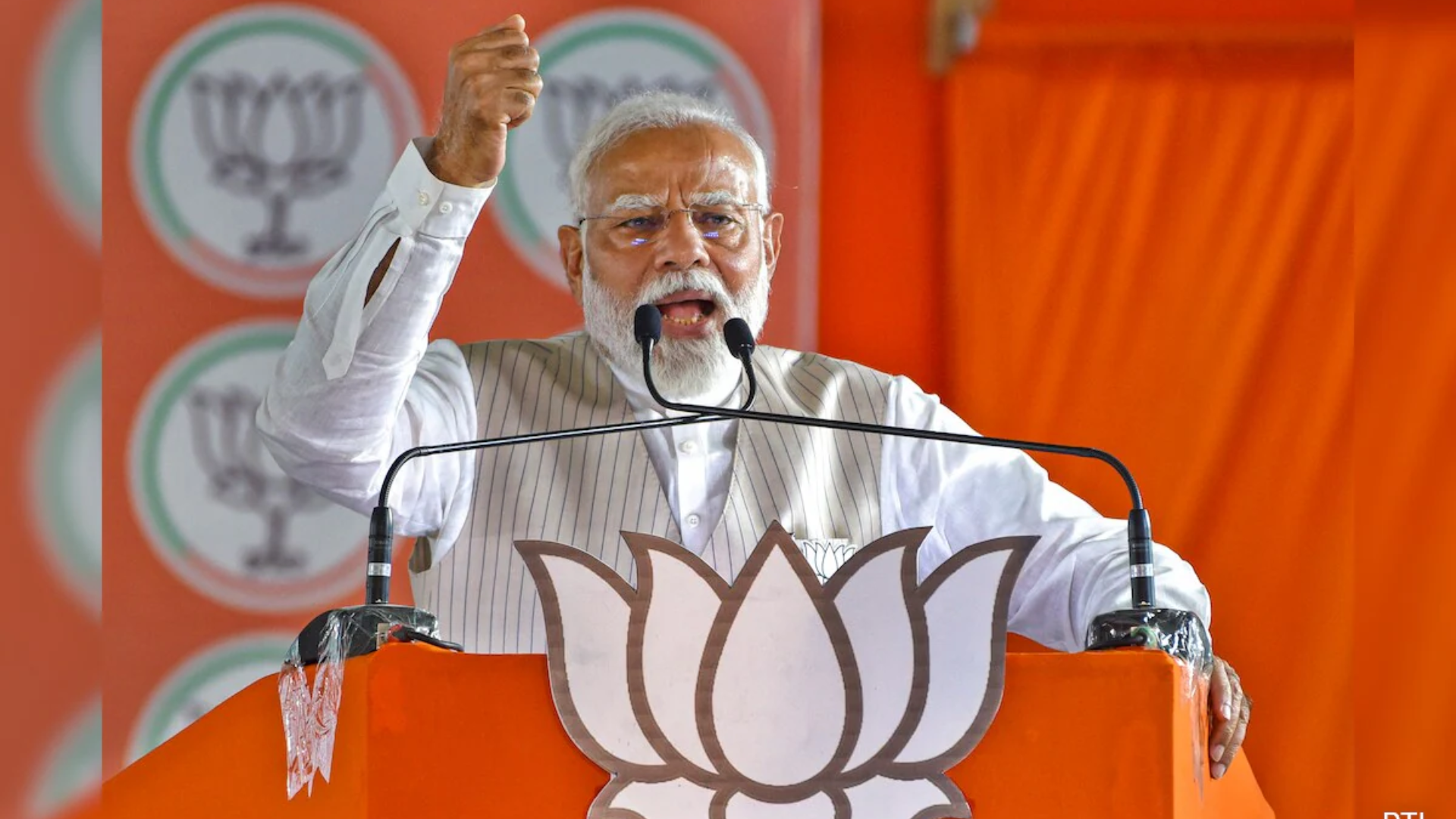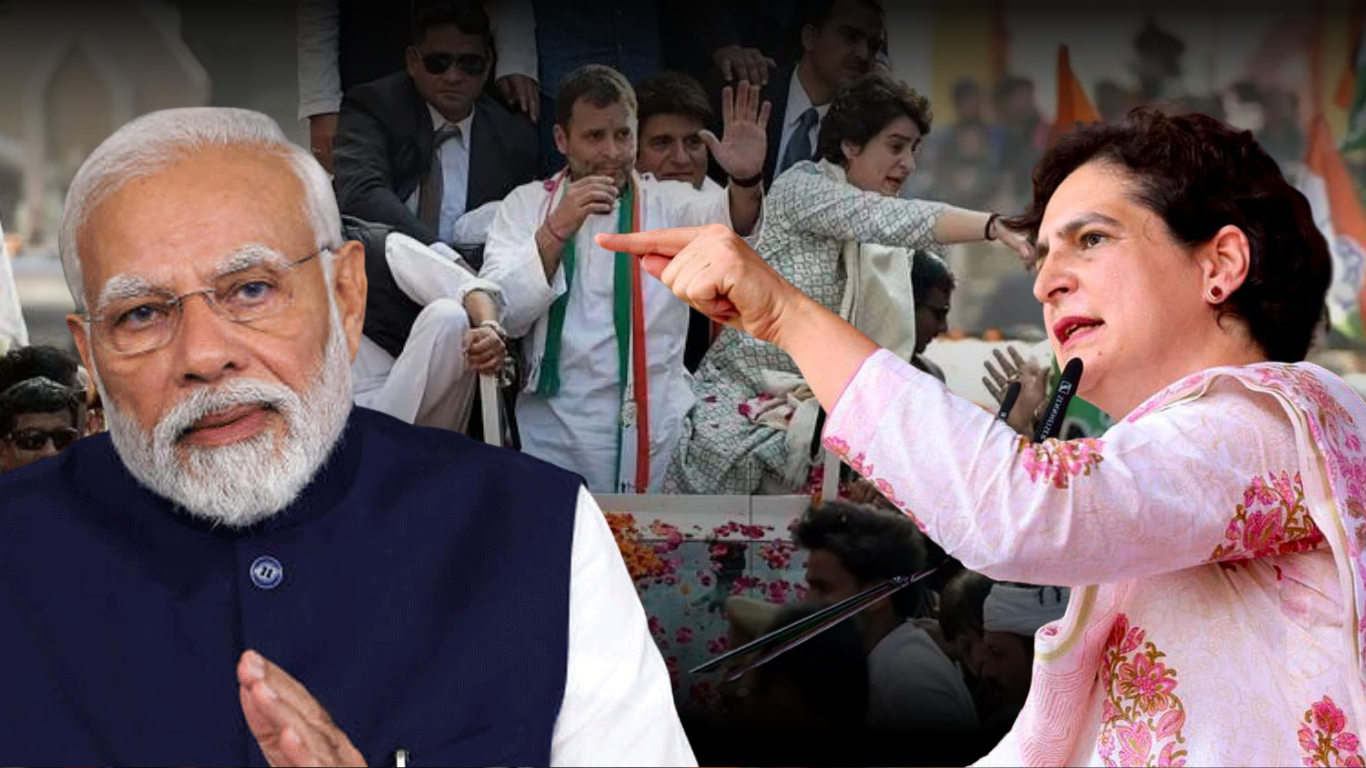





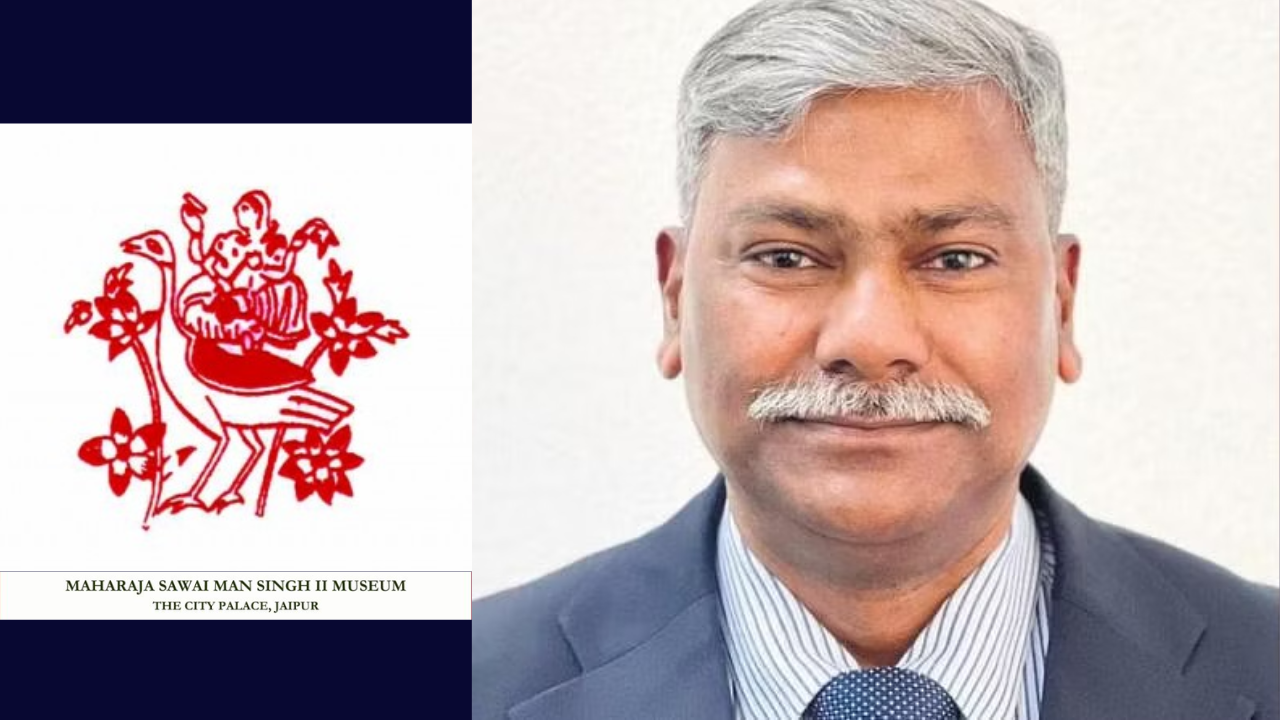
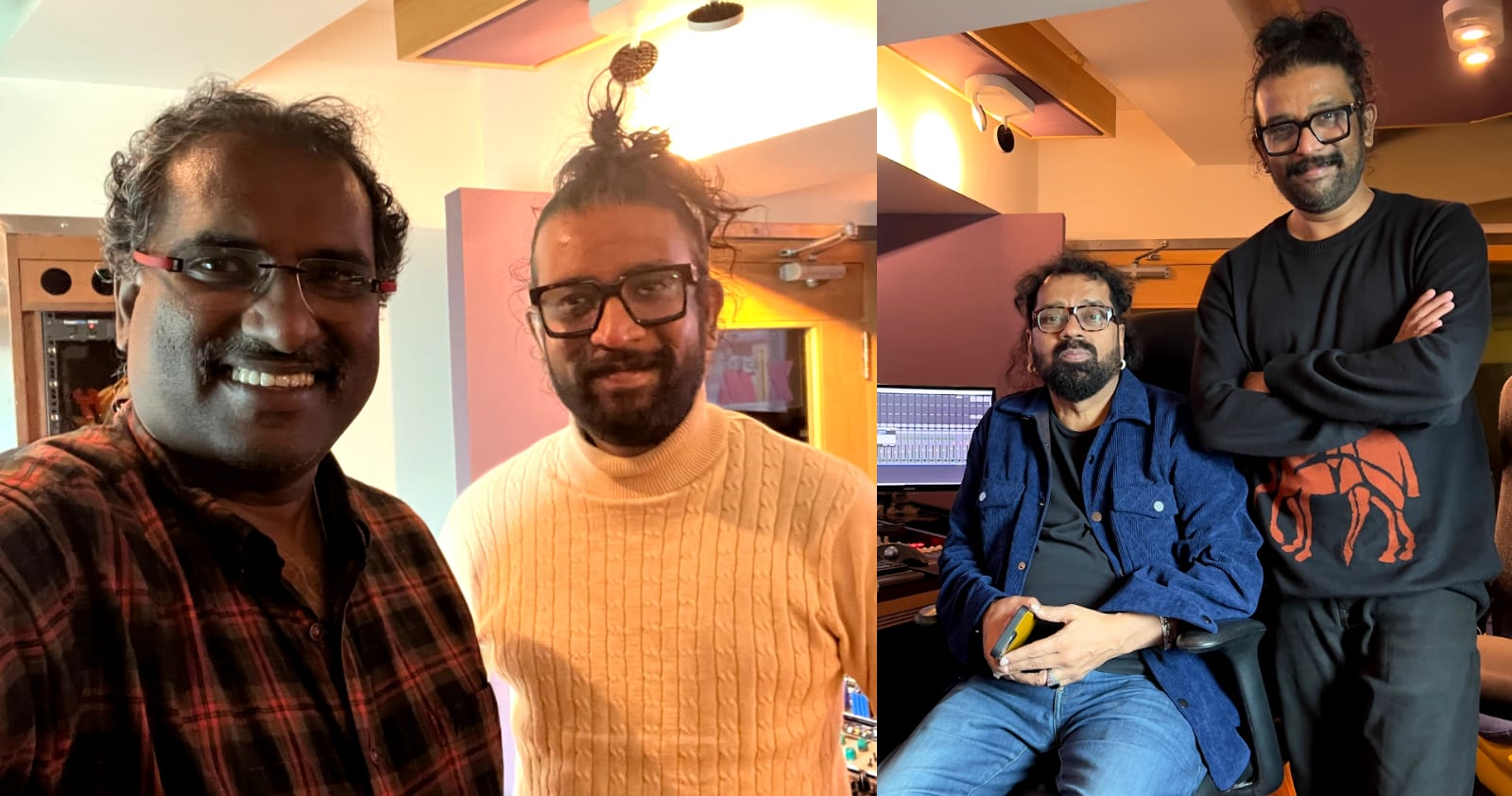

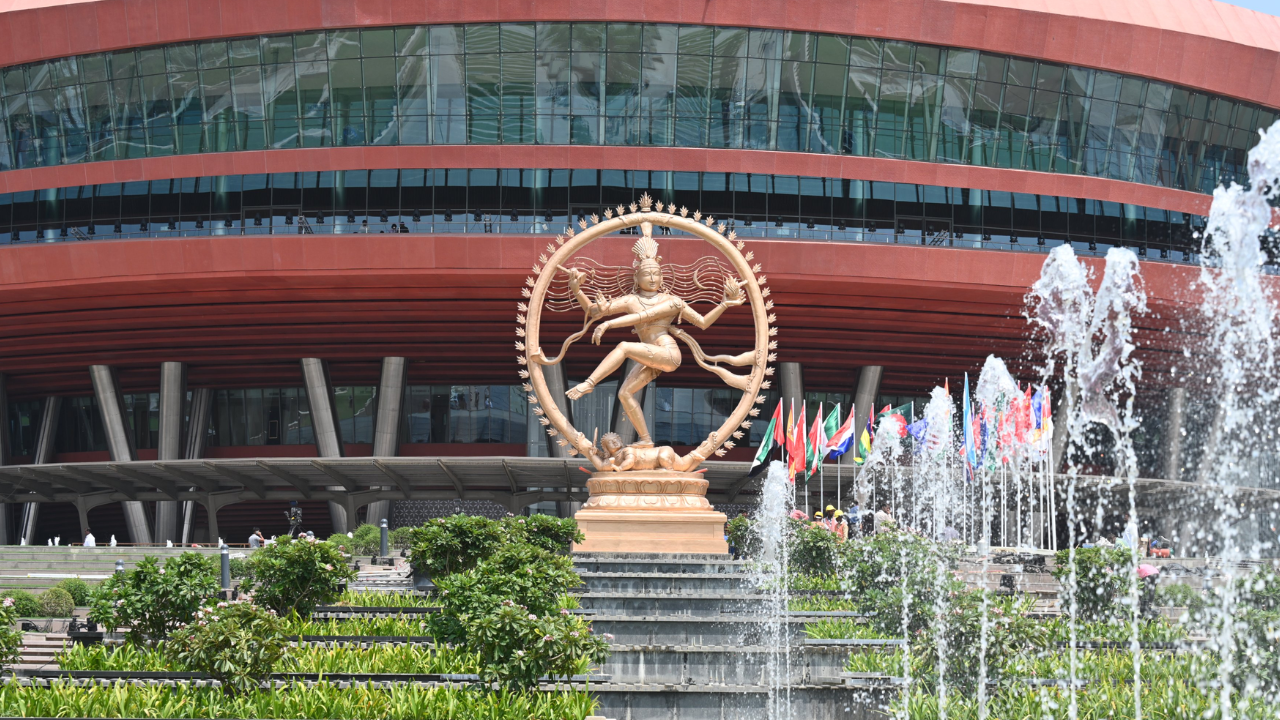
As Delhi gears up for the forthcoming G20 summit, the city has undergone a remarkable transformation, not only in terms of infrastructure but also with the addition of cultural landmarks. Among these, the awe-inspiring Nataraja statue, located outside the Bharat Mandapam, has captured the attention of both locals and visitors.
The Nataraja statue, a masterpiece standing at an astounding 28 feet tall, is a testament to India’s rich cultural heritage and artistic prowess. Crafted with precision and dedication, this colossal sculpture was created by the Sitapati brothers from Tamil Nadu, renowned for their traditional bronze craftsmanship. He shared
Mr. Srikanta Stapathi, the chief sculptor behind this magnificent creation, hails from Swamimalai, a small town in Tamil Nadu. The Sitapati brothers, including Srikanta, are descendants of a lineage of traditional bronze icon makers that dates back centuries. Their forefathers played a pivotal role in the construction of the iconic Big Temple in Thanjavur, a testament to their family’s deep-rooted connection to sculpture and art.
Srikanta Stapathi, the renowned sculptor responsible for this awe-inspiring creation, spoke exclusively with NewsX, shedding light on the intricate craftsmanship that went into bringing this divine masterpiece to life.
Mr. Srikanta Stapathi, a master sculptor from Swamimalai, Tamil Nadu, spoke passionately about his family’s legacy as traditional bronze icon makers. He emphasized that their ancestors played a pivotal role in constructing the iconic Big Temple in Thanjavur, showcasing their deep-rooted connection to sculpture and art.
“Swamimalai is famous in Chola icon making, a traditional process. There are many bronze icon makers. The government of India selected our unit due to our experience, achievements, and the creation of our Chola style. This order is a godsend, and we are thankful for the opportunity.”
Swamimalai, their hometown, is known for its soft river sand, essential for creating clay molds for sculpting. The Nataraja statue, a monumental 19-ton masterpiece, is a blend of eight minerals, including gold, zinc, magnesium, silver, and others, known as Ashtadhatu. This unique alloy ensures the sculpture’s strength and longevity.
The logistics of transporting this colossal statue from Tamil Nadu to Delhi involved creating a 2,500-kilometer green corridor, reflecting India’s commitment to environmental responsibility.
The Nataraja statue represents Lord Shiva in his cosmic dance form, embodying the elements of air, fire, land, and water, symbolizing the creation and destruction of the universe. This masterpiece serves as a visual representation of India’s rich cultural heritage and deep spiritual traditions.
“Nataraja represents the universe, symbolizing air, fire, land, water, and the universe itself. This sculpture is a profound representation of India’s culture and symbolism.”
Mr. Srikanta Stapathi explained the meticulous process behind the statue’s creation. Traditional Chola bronze casting techniques were employed, including the creation of a clay mold and wax model approved by renowned dancer Padma Subrahmanyam. The mold was then filled with Ashtadhatu during the casting process.
One of the most remarkable aspects of this project was the short timeline. The sculptor and his team completed the Nataraja statue within just six months.
“We prepared the Natraja within a very short period. We received the order only six months ago. This opportunity is our family’s pride.”
Mr. Srikanta Stapathi detailed the process of creating the statue, from the wax model’s approval to the intricate casting process involving six gigantic furnaces.
He emphasized the significance of Ashtadhatu, a strong and durable metal that is expected to endure for millennia. The creation of this monumental Nataraja statue stands as a testament to India’s cultural prowess and its commitment to showcasing its heritage on the global stage.
Mr. Srikanta Stapathi expressed his gratitude for the opportunity to contribute to this monumental project. He highlighted the honor it brings to his family and their tradition of bronze icon-making.
“This Natraja is a source of pride for our family and a testament to India’s cultural and ideological heritage. We thank God for this opportunity.”
The sculptor emphasized the importance of Ashtadhatu in creating an enduring masterpiece. This unique alloy, known for its strength and longevity, aligns with the timeless nature of Sanatana Dharma.
The Nataraja statue, now gracing the G20 summit venue, symbolizes India’s rich cultural legacy, its commitment to diplomacy, and its aspiration to promote global dialogue and understanding. This breathtaking artwork is set to inspire world leaders and visitors alike, leaving an indelible mark on the world stage.
The Nataraja statue at the G20 summit venue symbolizes India’s commitment to showcasing its cultural heritage on a global stage. It serves as a reminder of the country’s rich history, craftsmanship, and cultural diplomacy. The presence of this remarkable artwork will undoubtedly leave a lasting impression on the world leaders attending the summit.
As the G20 summit approaches, Delhi’s cultural additions, including the Nataraja statue, serve as a powerful testament to India’s vibrant heritage and its readiness to host this prestigious international event.
Watch the full telecast:
Also Read: Jaipur Cutlery Firm Provides Gold and Silver-Plated Tableware for G20 Summit in New Delhi
Catch all the Latest Business News, Breaking News Events, and Latest News Updates on NewsX





